(L540) Sentence Builders: “Otherwise” as a conjunctive adverb
$5.99 including GST
“Otherwise” is a weird word! Most of the time, it’s used as an adverb or as an adjective. “Otherwise” is not usually considered to be a conjunction.
But – at least in Australia and in the United Kingdom – it’s sometimes used to connect independent clauses in a single sentence. When used this way, “otherwise” acts like a conjunctive adverb: a type of adverb that links independent clauses together.
This 34-page no-prep resource is designed to provide students with lots of models of “otherwise” sentences (41 scaffolded examples), which they can practice, e.g. by imitating an adult, reading aloud, and/or writing down (e.g. in dictation practice).
Once students have the hang of how to use “otherwise”, they can move on to the more advanced 20 sentence-completion and 19 sentence generation exercises included in the resource.
Description
“Otherwise” is a weird word! Most of the time, it’s used as:
(1) an adverb, e.g.:
-
- “At first, I suspected the cat had eaten my cake, but the dog’s messy face suggested otherwise”;
- “My car has a rusty door, but otherwise it’s in an OK condition”; or
- “Clark Kent, otherwise known as Superman, is a superhero”; or
(2) an adjective, e.g., “David thought he was a good artist, but the truth is otherwise”.
“Otherwise” is not usually considered to be a conjunction.
But – at least in Australia and in the United Kingdom – it’s sometimes used to connect independent clauses in a single sentence. When used this way, “otherwise” acts like a conjunctive adverb: a type of adverb that links independent clauses together. (It can also be used as a sentence connector, to link two sentences together.)
When used to link two clauses within a sentence, “otherwise” often follows an order or a suggestion, and shows what will happen if you do not follow that order or suggestion.
For example:
“Be quiet; otherwise I’ll get a migraine.”
“Speak up; otherwise no one will understand a word you are saying.”
When used like this, “otherwise” can mean “or else”, “if not” or simply “then”.
Note, we add a semicolon between the clauses to show we are connecting related but independent clauses.
Many students, including many students with language and learning disorders, and some students learning English as an additional language, have difficulties understanding and using “otherwise” as a conjunctive adverb.
This 34-page, no-prep resource is designed to provide students with lots of models of “otherwise” sentences (41 scaffolded examples), which they can practice, e.g. by imitating an adult, reading aloud, and/or writing down (e.g. in dictation practice).
Once students have the hang of how to use “otherwise”, they can move on to the more advanced 20 sentence-completion and 19 sentence generation exercises included in the resource.

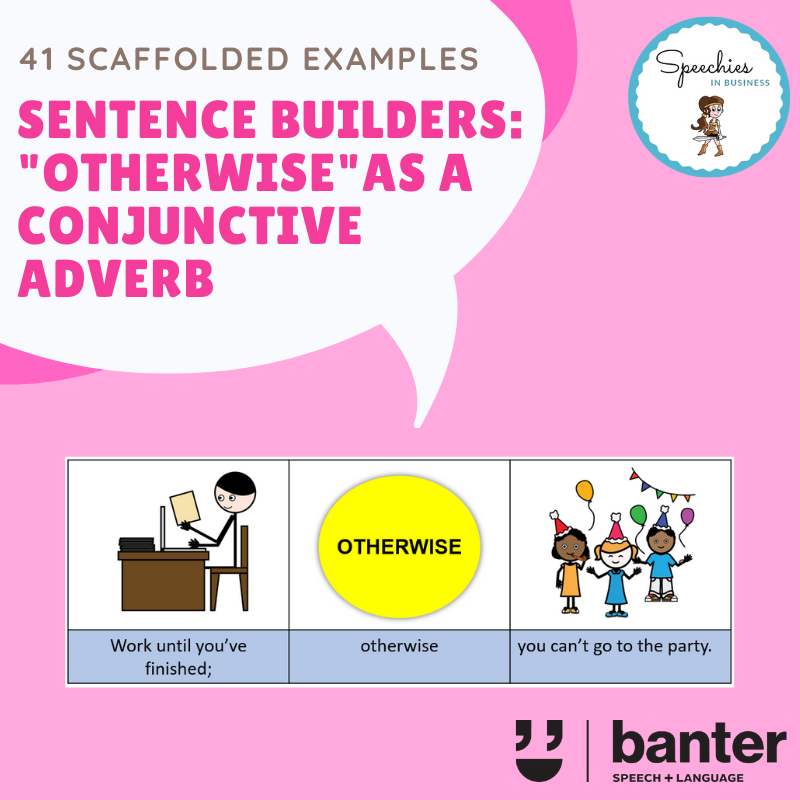





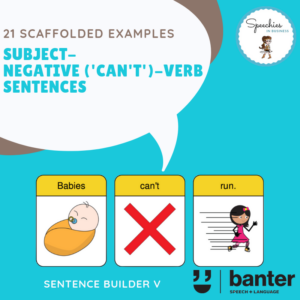
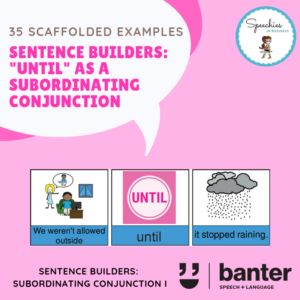
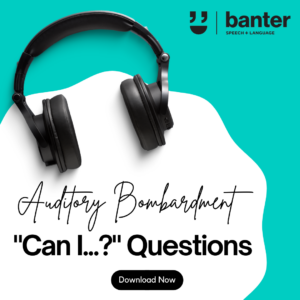
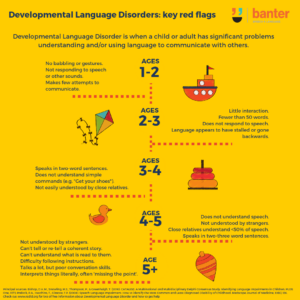
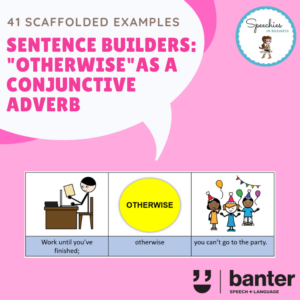
Reviews
There are no reviews yet.